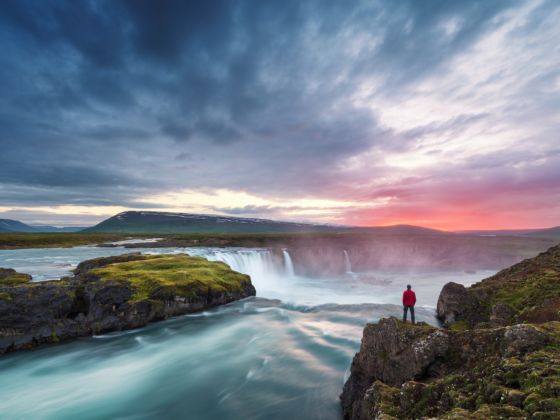Iceland is a very trendy destination and because you don’t want to make the same mistakes as everyone else on your trip, we’ve compiled a short list of things you should know before heading that way. Here are 10 things you need to be aware of before visiting Iceland.
1. Skip the Blue Lagoon.
It’s expensive (over $60 USD per person), you need to book in advance, it’s crowded, and there are so many more brilliant local pools that cost a fraction to enjoy. Check out Sundhöllin in central Reykjavík, the city’s oldest pool, or Kópavogslaug in the nearby Kópavogur — they have what I like to call “bubble beds”, which are exactly what they sound like. If you’re heading out of the city and into the north of the country, be sure not to miss Grettislaug, a natural hot spring located between the mountains and the sea that only costs 1.000 ISK ($10) to enter.
